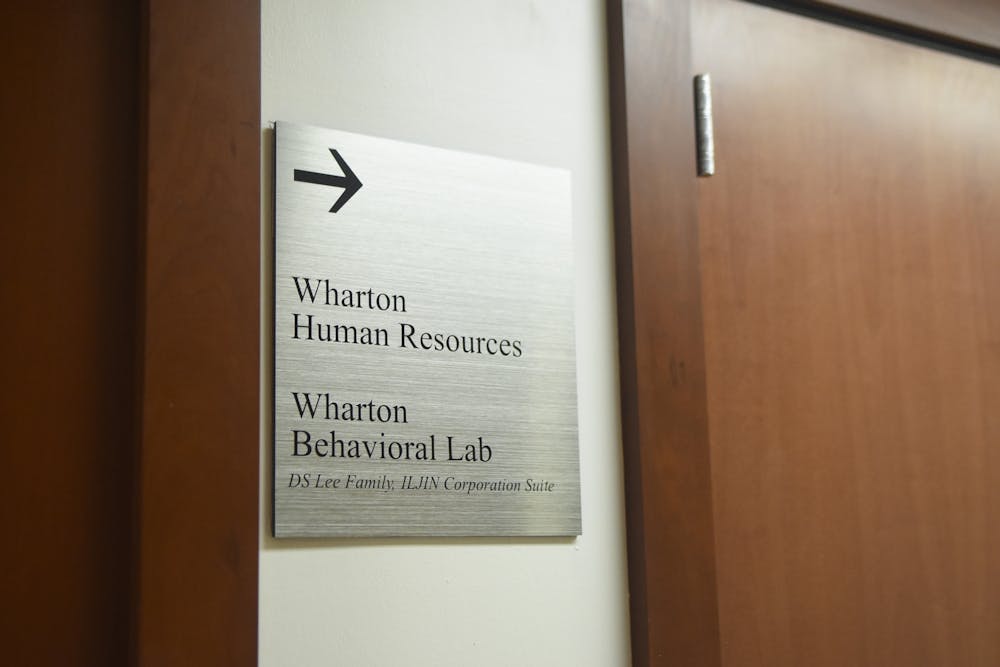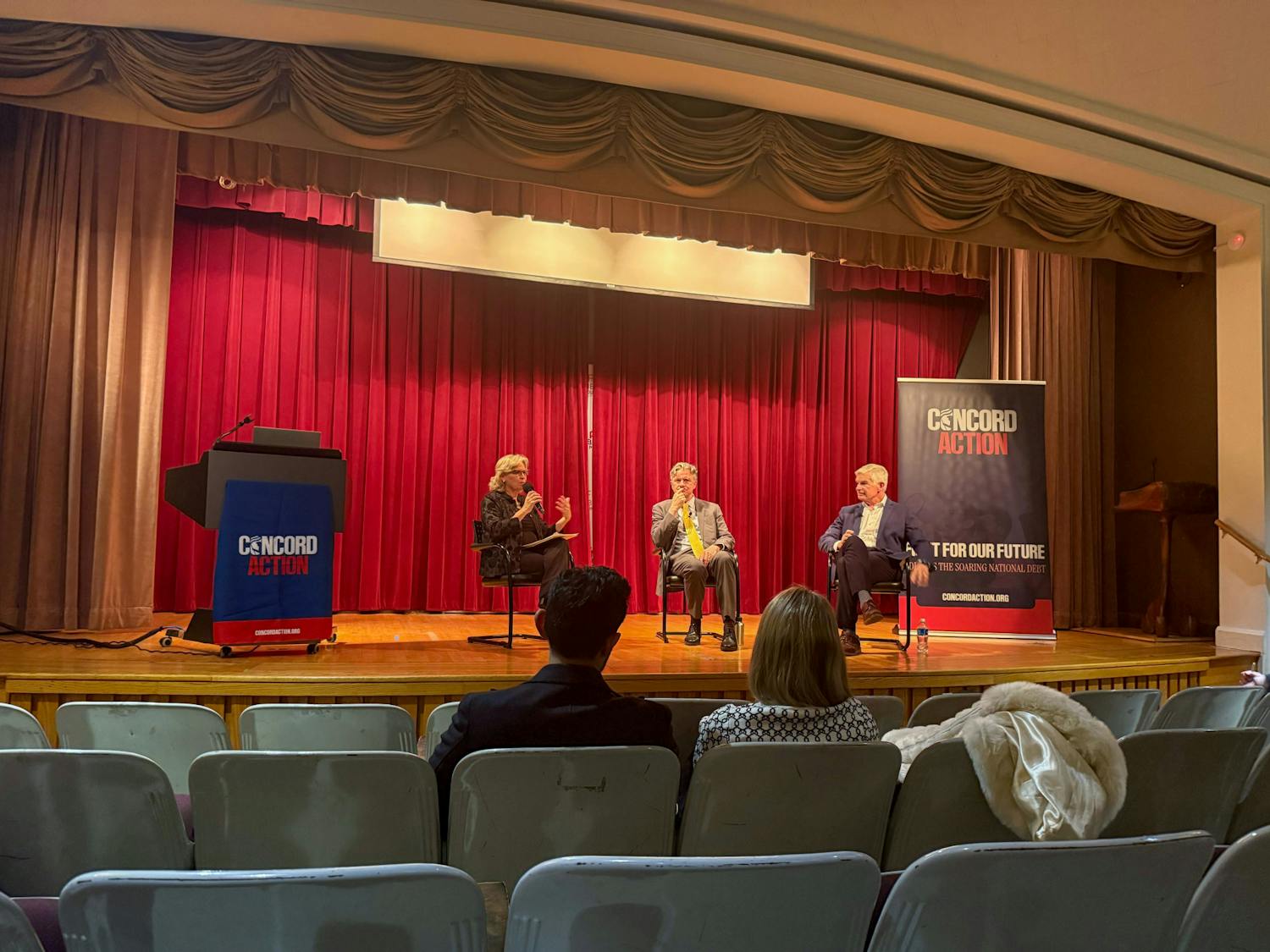The Wharton Behavioral Lab is working its way back to pre-pandemic participation numbers after resuming on-campus operations and undergoing a shift to a new location in Steinberg-Dietrich Hall.
The WBL supports business-related research for faculty and doctoral students by minimizing operational costs. The WBL’s participant pool has grown by 500% over the past three years, showing a rebound from a decline in involvement due to the COVID-19 pandemic, according to lab coordinators.
The lab allows students, faculty, and community members to participate as subjects in studies in exchange for money, and sometimes extra credit in certain classes. Prior to the pandemic, the lab saw as many as 32,000 participants completing surveys for on-campus studies in 2019.
The pandemic forced the lab to move its studies completely online, leading to a drop in participation. When the WBL returned to campus in 2021 to resume in-person studies, it moved into a larger space in Steinberg-Dietrich Hall.
Senior research coordinator Emily Rosa said that WBL struggled to recruit participants upon its return to campus. Rosa, along with lab coordinator Katerina Bratke, worked to bring participation numbers back to pre-pandemic levels. The lab raised compensation rates to $15 per hour and employed word-of-mouth advertising.
Through these efforts, the WBL has built its pool up to approximately 5,000 participants, Bratke said.
“Students stopped coming into the lab, and faculty stopped designing studies in the lab, so it’s been sort of a chicken-and-egg problem getting everything restarted,” WBL Faculty Director and Cecilia Yon Koo Professor Maurice Schweitzer said. “But I think we’re there.”
One effective measure the lab established was offering extra credit for participants in Wharton classes, such as MKTG 1010: Introduction to Marketing and MGMT 3010.
RELATED:
Penn Gene Therapy Program and director to depart University, transfer to external companies
Penn Venture Lab launches initiative to address gender bias in entrepreneurship
Fourth-year management Ph.D. candidate Grace Simon, who conducts studies through the WBL, said that offering extra credit has proven to be an effective incentive for participants. She described the difficulty of recruiting participants for her first study on leader humor.
“It was like pulling teeth to get the numbers,” she said. “Then, I ran a study last spring, and we offered [participation] as extra credit to MGMT 1010: Introduction to Management and got over 440 people in two weeks.”
Simon encouraged professors to incorporate the extra credit element into their classes, especially at the introductory level. By participating in research at the lab, students can help faculty members, Ph.D. candidates, and other researchers have their work published.
“Penn wants to be known as this top research university, and one of the ways we can publish really high-impact, good research is by using studies that we run in the lab,” Simon said.
Individuals can be a part of research in-person at Steinberg-Dietrich Hall Suite 400 or online by registering as a participant. Anyone over the age of 18 is eligible to participate, unless a study specifies otherwise.
“When people see the Wharton Behavioral Lab, they think it's just Wharton students that are allowed to participate,” WBL Associate Director Mary Spratt said. “We’re trying to broaden the umbrella.”
Research in the WBL ranges from behavioral economics to social psychology, which many previous participants seem to be interested in. Many current student student research assistants were previously study participants, according to Bratke.
Wharton sophomore Roksana Alizadeh, who was originally a participant, became further involved with the lab by becoming a research assistant.
“I saw the value that it has to the researchers,” Alizadeh said. “As a research assistant, I was responsible for setting up the rooms and reading the instructions.”
Coming out of the COVID-19 pandemic, the lab began to focus on higher-touch studies, employing technology such as eye-tracking machines and skin conductance sensors, and shifted to using virtual platforms for surveys.
“The WBL is able to transform ideas that I have into a reality,” Schweitzer said. “It's something that, as a faculty member, has been a huge draw and has kept me here at Penn.”









